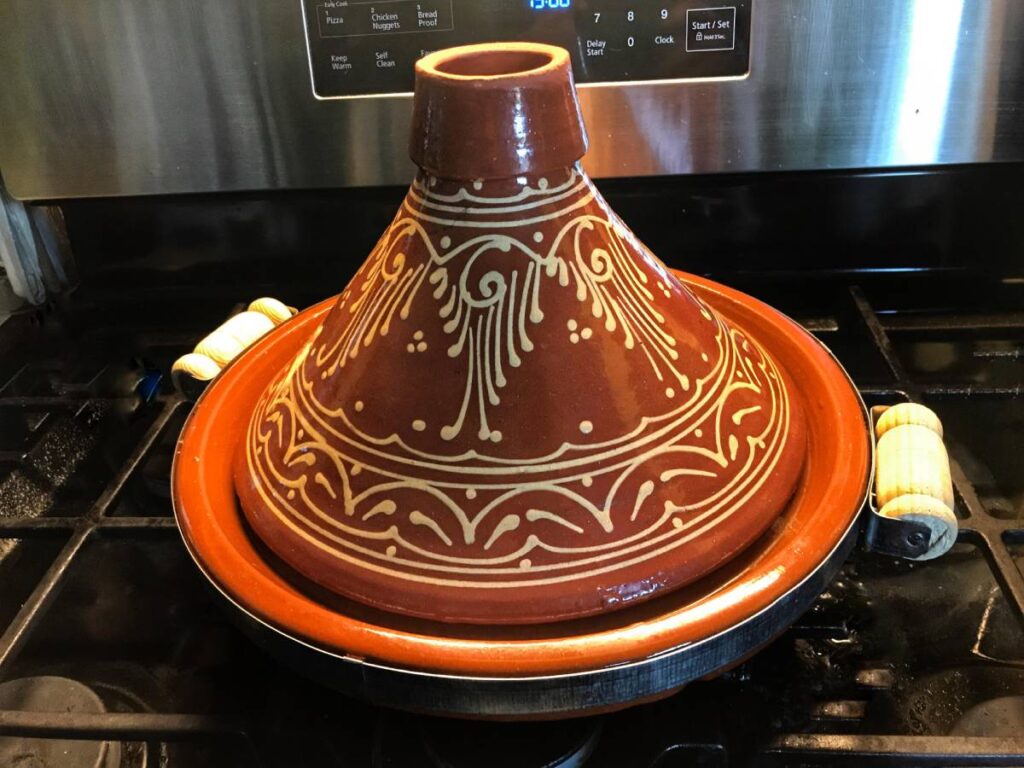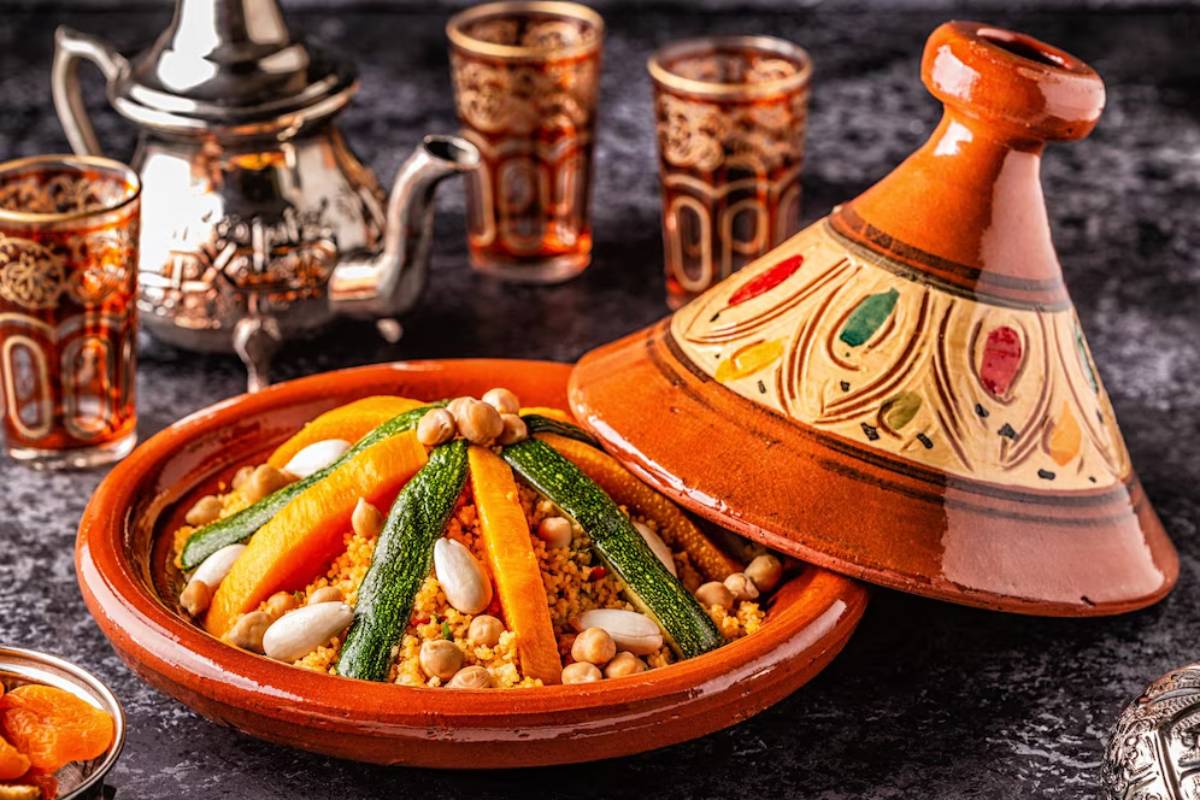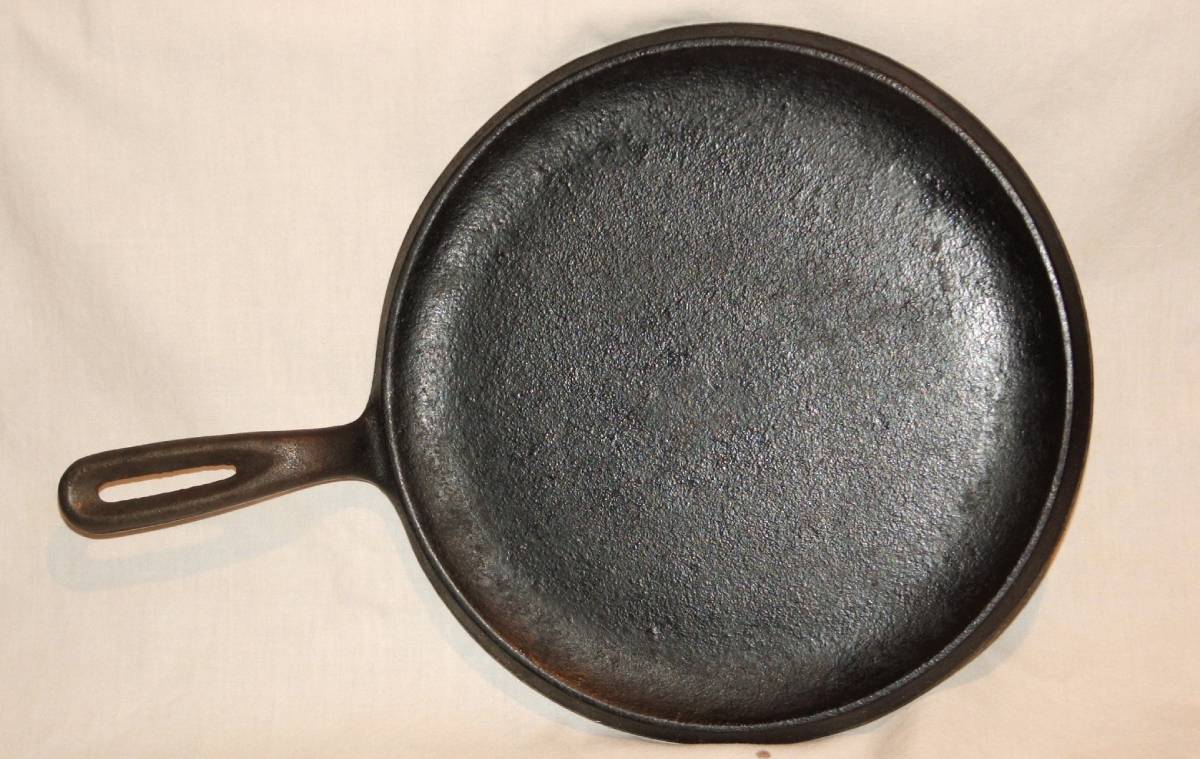The Food Blog

Tagine, Tandoor & Beyond: Regional Cookware That Defines Flavour
When we think about global cuisine, we often focus on ingredients, spices, and signature dishes. But behind every memorable meal is a humble hero—the vessel it’s cooked in. From the slow-cooked stews of Morocco to the charred breads of India, traditional cookware plays a vital role in shaping the textures, aromas, and flavours that define global food traditions.
These regional cooking tools aren’t just functional—they’re cultural artefacts, shaped by geography, history, and necessity. Often handmade and passed down through generations, they reflect the resourcefulness of communities and the intimate connection between people and their food.
In this article, we journey around the world to explore iconic cooking vessels and the dishes they make possible. Whether you’re a curious cook or a seasoned globetrotter, you’ll discover how these time-tested tools continue to influence kitchens and cuisines worldwide.
Why Traditional Cookware Matters
Cooking isn’t just a science—it’s an art rooted in place and tradition. The cookware used in different regions is influenced by:
- Climate (e.g., earthenware for slow cooking in arid climates)
- Available materials (e.g., clay, cast iron, stone)
- Cultural practices (e.g., communal cooking or ceremonial feasts)
- Flavour outcomes (e.g., smokiness, moisture retention, searing)
These tools shape not just how food is prepared, but how it is served, shared, and celebrated. They are an integral part of culinary identity.
Around the World in 10 Cooking Vessels
Let’s explore some of the most iconic regional cooking tools that bring traditional dishes to life.

1. Tagine – Morocco
What It Is: A cone-shaped clay pot used for slow-cooking meat, vegetables, and spices.
How It Works:
- The conical lid traps steam, allowing it to condense and baste the food below.
- Perfect for low-temperature, long-duration cooking.
Signature Dish: Lamb or chicken tagine with apricots, almonds, or preserved lemon.
Cultural Insight:
- Central to Moroccan hospitality
- Often cooked communally and served straight from the pot
Global food tradition: Combines sweet, savoury, and aromatic spices in a uniquely North African way.
2. Tandoor – India, Pakistan, and Central Asia
What It Is: A cylindrical clay oven, traditionally fired by wood or charcoal.
Key Uses:
- Baking naan, roti, and other flatbreads
- Cooking tandoori meats, such as chicken or lamb
- Imparting a distinct smoky flavour and charred finish
Cultural Role:
- Often found in both home and commercial kitchens
- Integral to Mughlai and Punjabi cuisines
Why It Stands Out: Tandoors reach extremely high temperatures—ideal for fast, high-heat cooking that locks in flavour and moisture.
3. Paella Pan – Spain
What It Is: A wide, shallow pan made of polished or enamelled steel.
Designed For:
- Even heat distribution
- Creating the beloved crusty bottom layer of rice called socarrat
Dishes: Paella Valenciana, seafood paella, or mixed paella
Why It Matters:
- Cooking paella is a social event in Spain—done outdoors, often over open flame
- The pan is essential to achieving both texture and flavour authenticity
4. Wok – China and Southeast Asia
What It Is: A deep, round-bottomed cooking vessel used for stir-frying, steaming, deep-frying, and braising.
Features:
- High sides make it easy to toss ingredients quickly
- Retains heat at the base, ideal for quick cooking
Popular Dishes: Chow mein, fried rice, stir-fried vegetables
Cultural Note: Every wok develops its own seasoning over time, making it unique to the user—like a well-loved cast iron pan.
Global appeal: Perhaps the most widely adopted of all traditional cookware.

5. Comal – Mexico and Central America
What It Is: A flat griddle, traditionally made from clay or cast iron.
Main Uses:
- Toasting spices and chillies
- Making tortillas
- Cooking arepas or reheating tamales
Why It’s Important:
- Essential for preparing the base of countless Latin American dishes
- In many rural homes, the comal is passed down through generations
Bushcraft appeal: Still used over open fires in traditional outdoor kitchens.
6. Donabe – Japan
What It Is: A ceramic pot used primarily for one-pot meals.
Best For:
- Slow simmering soups and stews
- Table-side hot pot (nabe) dishes like sukiyaki or shabu-shabu
Unique Qualities:
- Retains heat exceptionally well
- Designed to move from stovetop to table
Cultural Element:
- Symbol of warmth and communal eating in colder months
- Families gather around a single donabe at the centre of the table
7. Bedouin Saj – The Middle East
What It Is: A large convex metal griddle used over an open flame.
Uses:
- Baking flatbreads such as saj or markook
- Cooking stuffed breads and pastries
Where It’s Found:
- Jordan, Lebanon, Palestine, and parts of the Arabian Peninsula
Traditional Cooking Style:
- Quick and communal, often at street markets or roadside stands
Flavour Note: Creates thin, slightly crispy breads with a smoky char—perfect for wraps or mezze platters.
8. Cazuela – Latin America and Spain
What It Is: A clay or earthenware pot used for simmering soups, stews, and sauces.
Strengths:
- Distributes heat evenly and retains it for a long time
- Adds a slight earthy note to dishes
Famous Dishes:
- Chilean cazuela stew
- Spanish seafood cazuela
Why It Endures: Its versatility and rustic charm make it a staple of both home kitchens and traditional eateries.
9. Potjie Pot – South Africa
What It Is: A round, three-legged cast iron pot used for outdoor slow cooking.
Culinary Heritage:
- Originated with Dutch settlers and adapted by South Africans
- Often used for social gatherings
Key Dish: Potjiekos—meat and vegetable stew cooked over a fire
Cultural Significance:
- Reflects South Africa’s multicultural influences
- Encourages community through shared meals and storytelling around the fire
10. Bamboo Steamer – China and Southeast Asia
What It Is: Stackable baskets made from bamboo slats
Commonly Used For:
- Steaming dumplings, buns, fish, and vegetables
- Retaining moisture while preserving texture
Why It Works:
- Allows steam to circulate while absorbing excess moisture
- Gentle on delicate ingredients
Modern Relevance: Still widely used in dim sum restaurants and home kitchens worldwide.
The Role of Regional Cooking Tools in Culinary Identity
These cooking vessels are not just utensils—they’re symbols. Each one represents:
- Innovation born from necessity (e.g., clay pots in heat-retaining techniques)
- Cultural continuity (e.g., centuries-old tandoor use)
- Community and ritual (e.g., family donabe meals)
- Aesthetic traditions (e.g., hand-painted tagines)
They bridge the past and present, anchoring global food traditions in tools you can touch and taste through.
Bringing Traditional Cookware Into Your Kitchen
Love the idea of cooking globally at home? Start small by incorporating one or two items into your routine.
Tips:
- Season your wok or cast iron griddle before use.
- Use a donabe for simple one-pot rice or broth-based meals.
- Try baking bread or roasting meats in a tagine for aromatic flair.
Many of these tools are increasingly available from specialist shops and online retailers, along with recipe guides to help you learn.
Taste the World Through Its Tools
Flavour is forged not just in ingredients, but in the vessels that carry them through heat and time. These regional cooking tools are more than culinary curiosities—they’re the quiet foundations of cultural heritage.
By exploring traditional cookware, we honour the generations of cooks who stirred, roasted, steamed, and grilled their way into the world’s culinary canon. Whether you’re travelling or cooking from home, take time to appreciate the pots, pans, and griddles that make meals memorable.
Take action today: Choose a traditional tool from a region you love, learn its story, and cook something new. Because when you understand the cookware, you understand the culture.









